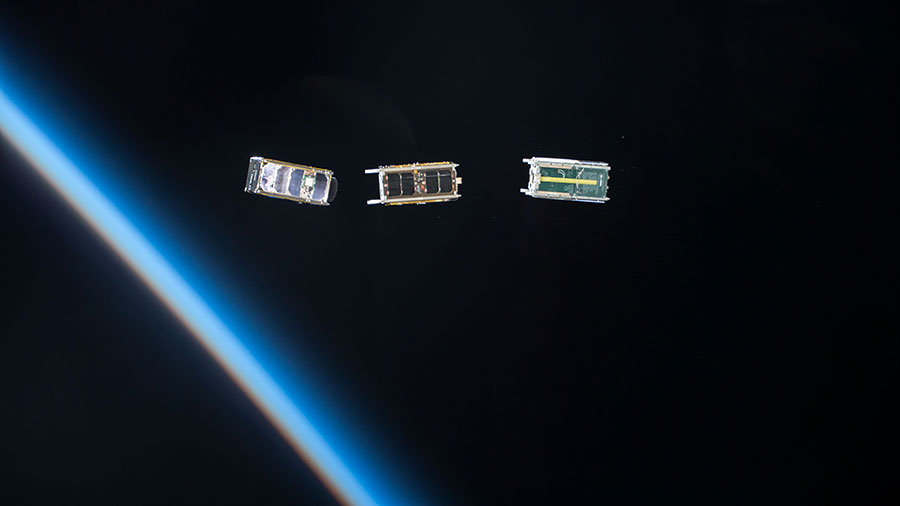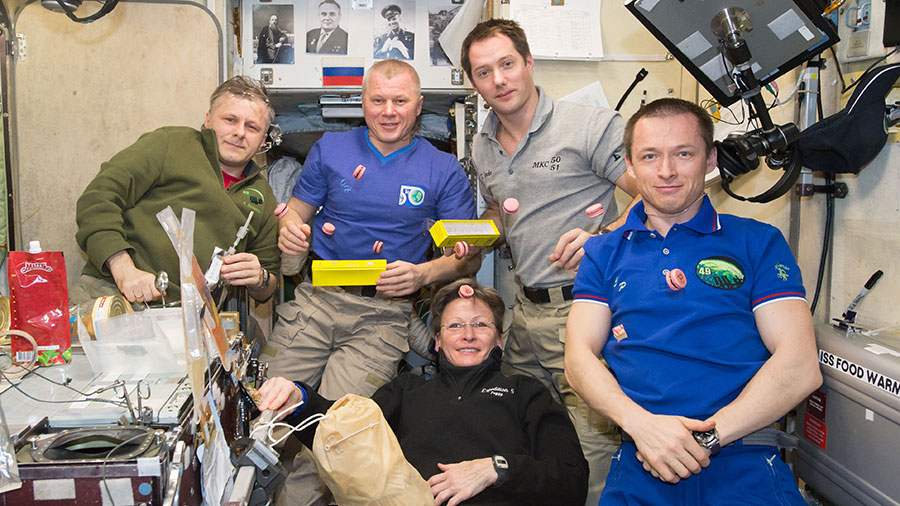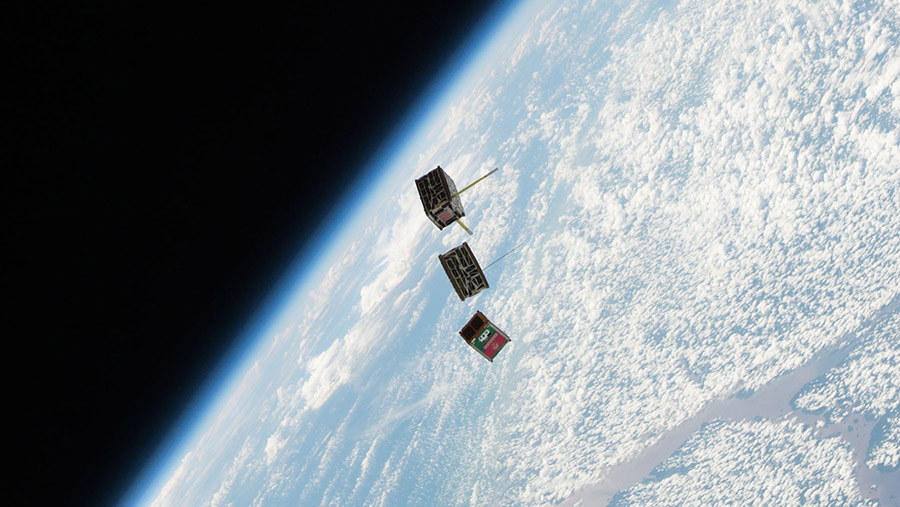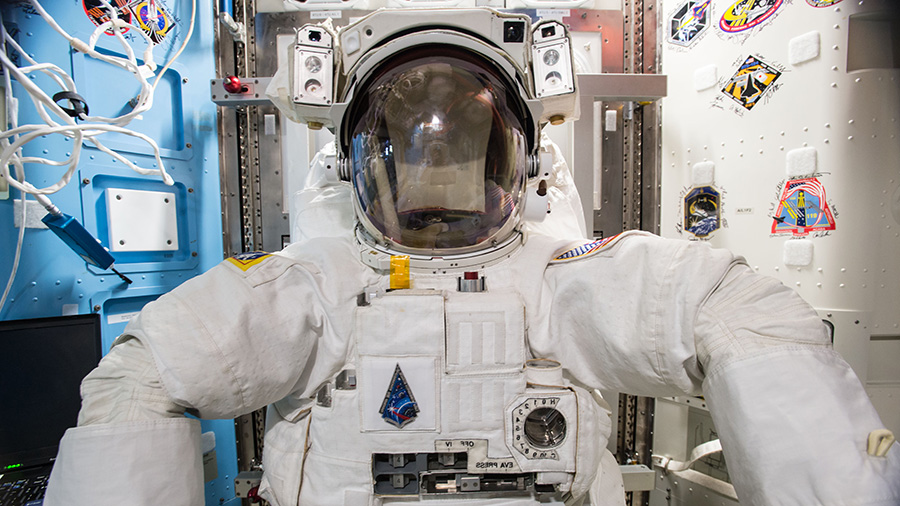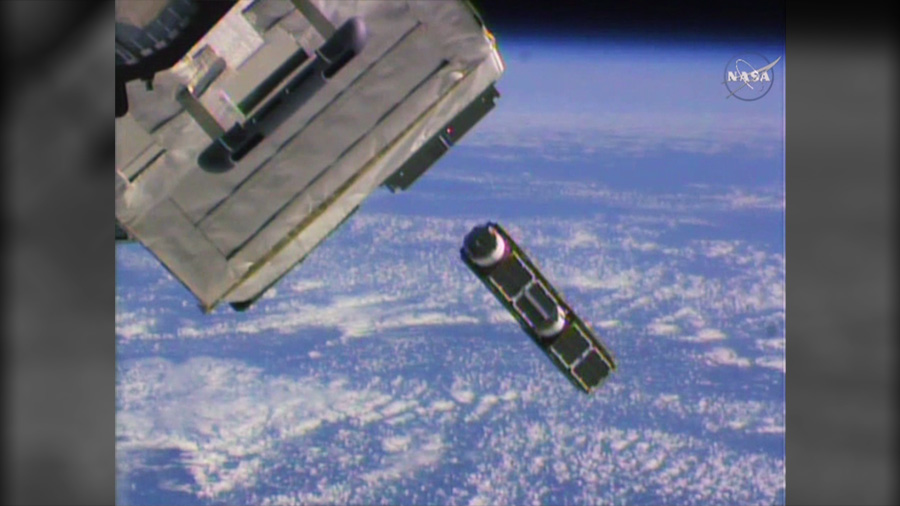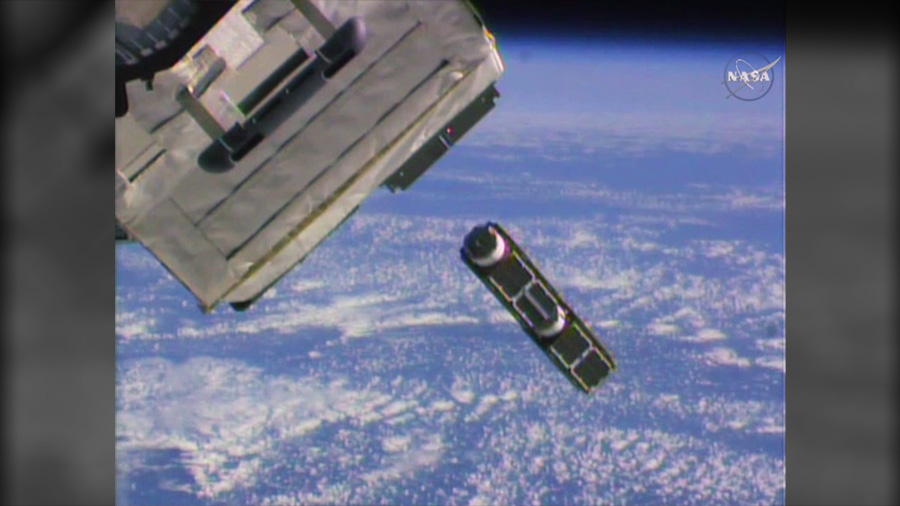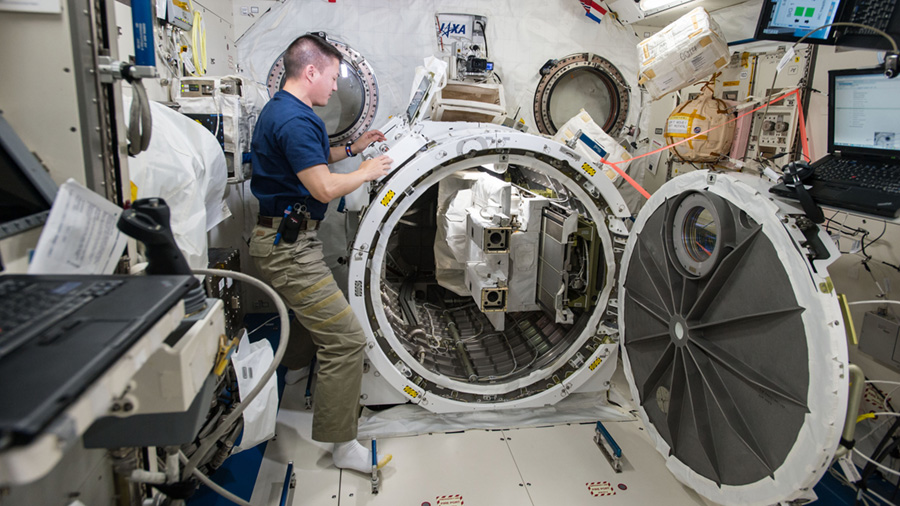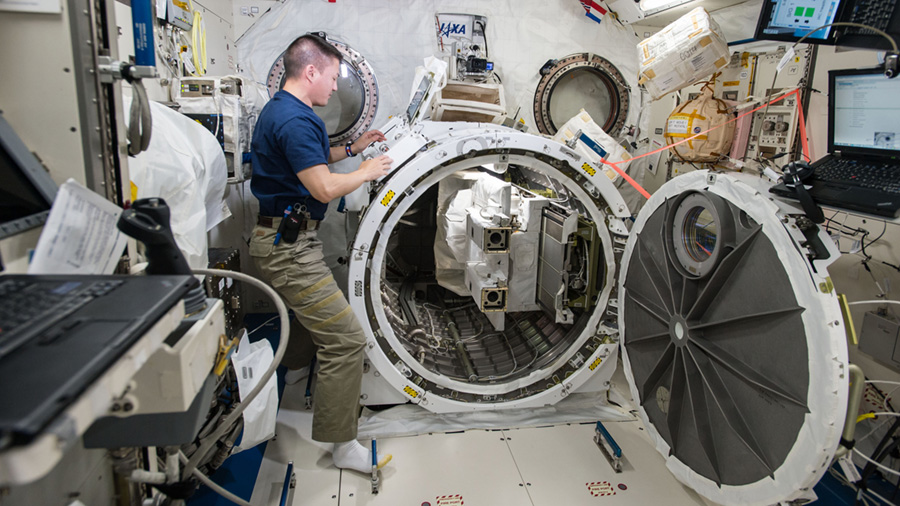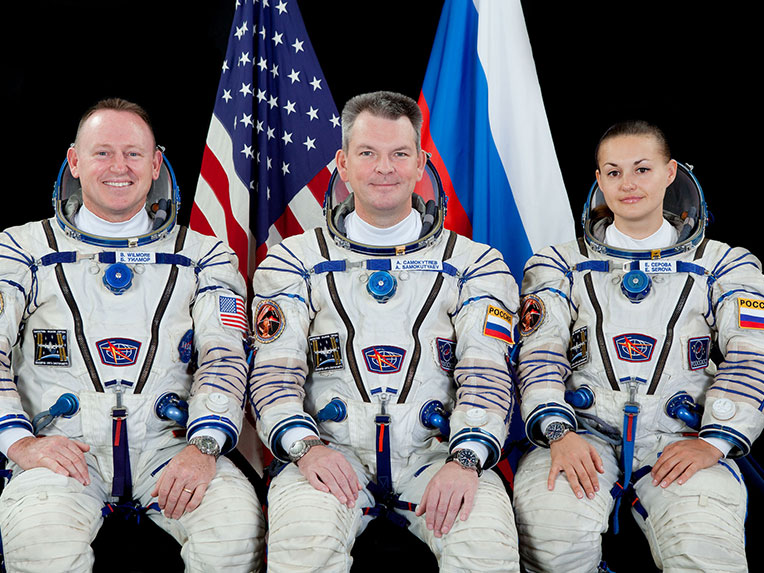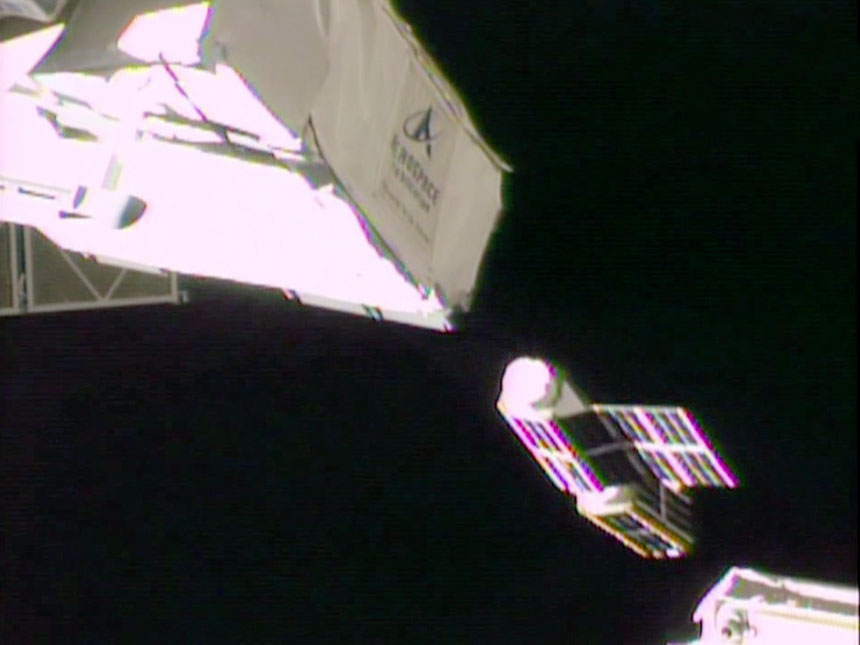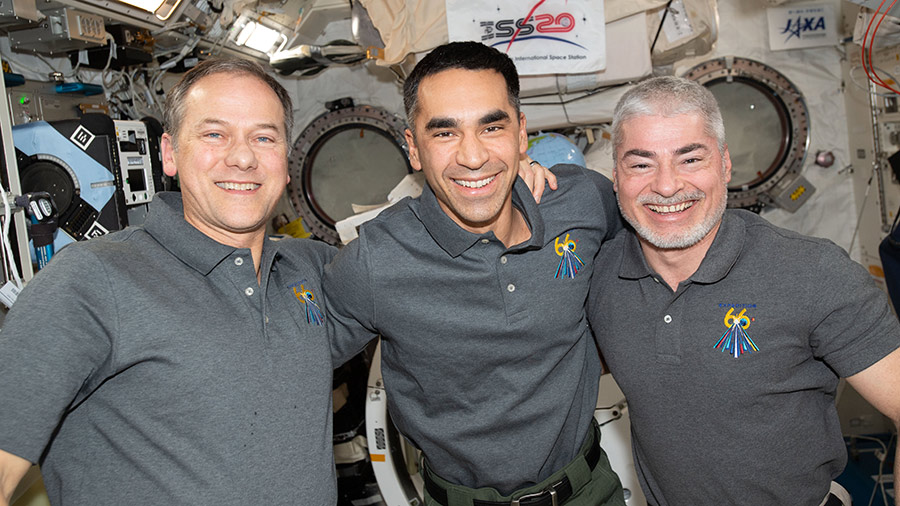
Vein scans and hardware maintenance kept the Expedition 66 crew busy on Tuesday aboard the International Space Station. Meanwhile, Russia’s 80th space station cargo mission is orbiting Earth and on schedule to arrive at the orbiting lab early Thursday.
Three astronauts were scheduled on Tuesday afternoon for a series of vein and eye scans with doctors on the ground monitoring in real time. The station trio from NASA and ESA (European Space Agency) gathered inside the Columbus laboratory module and used the Ultrasound 2 device to image each other’s neck, shoulder, and leg veins. NASA astronauts Mark Vande Hei and Thomas Marshburn kicked off the biomedical work Tuesday afternoon. German astronaut Matthias Maurer joined them afterward wrapping up the vein and eye examinations. Doctors uses the data to understand how living in microgravity affects the human body.
Marshburn and Maurer had joined each other earlier in the day for maintenance on the COLBERT treadmill in the Tranquility module. Maurer began the work before lunchtime repairing cooling components on the exercise device. Marshburn followed up in the afternoon temporarily stowing the workout gear ahead of more work planned for the 11-year-old treadmill.
NASA Flight Engineers Kayla Barron and Raja Chari split their day working on satellite hardware and life support gear. Barron spent Tuesday morning in the Kibo laboratory module uninstalling the small satellite orbital deployer. Its most recent deployment was a series of scientific and educational CubeSats delivered on the last SpaceX Cargo Dragon mission. Chari spent part of his day removing air and flushing the station’s water recovery system.
Nearly three tons of food, fuel, and supplies aboard the ISS Progress 80 cargo craft successfully reached orbit late Monday after its liftoff from Kazakhstan on Monday at 11:25 p.m. EST. Cosmonauts Anton Shkaplerov and Pyotr Dubrov will be on duty monitoring the Russian resupply ship when it automatically docks to the Poisk module on Thursday at 2:06 a.m. EST.
Shkaplerov cleaned Poisk on Tuesday morning making space to begin cargo transfers after the Progress 80’s arrival. The station commander from Roscosmos later joined Dubrov for an ongoing study that explores ways to pilot future spacecraft and robots on planetary missions.
Learn more about station activities by following the space station blog, @space_station and @ISS_Research on Twitter, as well as the ISS Facebook and ISS Instagram accounts.
Get weekly video highlights at: http://jscfeatures.jsc.nasa.gov/videoupdate/
Get the latest from NASA delivered every week. Subscribe here: www.nasa.gov/subscribe


